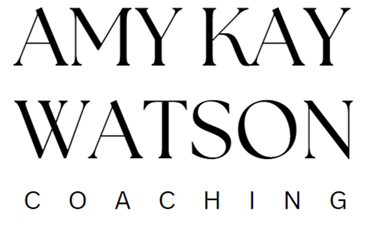Listen as a podcast (The podcast is AI Generated; so it may contain errors Unfortunately I can’t edit their “script!”)
Transitions aren’t just about external change—they’re about the internal psychological process people go through when adapting to that change. Inspired by Managing Transitions by William Bridges, this checklist helps leaders support individuals and teams through each of the three phases of transition: Ending, Neutral Zone, and New Beginning.
This isn’t a summary for first-time readers. It’s a reminder and implementation guide for those familiar with the book who want to apply its principles more intentionally in real-world scenarios.
What should I do when people resist the change I’m leading?
The first step is to guide your people in letting go of their past. People can’t move forward until they’ve acknowledged what they’re leaving behind—roles, routines, relationships, or identity.
- Have I clearly acknowledged what’s ending and who will be most affected?
- Have I communicated what will stay the same?
- Have I allowed time and space for people to grieve or express resistance?
- Have I honored the past instead of dismissing it?
How can I keep my team engaged when everything feels unclear?
Recognize that you are in the in-between phase—marked by uncertainty, confusion, and possibility. It’s where new identities are formed and innovation can take root.
- Have I normalized the discomfort and ambiguity people may be feeling?
- Have I created short-term goals or checkpoints to provide structure?
- Am I encouraging experimentation and safe-to-fail efforts during this phase?
- Have I increased communication to reduce anxiety and build trust?
What helps people finally embrace a new direction?
Once people have let go and moved through the ambiguity, they can be ready to embrace a new identity, purpose, or way of working. But it must be marked with clarity and symbolic support.
- Have I clearly articulated the new purpose and what success looks like?
- Have I helped people understand their role in the new reality?
- Have I celebrated early wins to reinforce the transition?
- Am I reinforcing new behaviors and providing the support people need to sustain them?
How to Use This Checklist
Return to this checklist anytime you or your team are navigating change. Use it to assess readiness, adjust your support, and ensure that transitions aren’t rushed or skipped. When leaders focus on the human side of change, they create the conditions for real transformation.
Why You Should Read Managing Transitions
If you’re leading change—or living through it—Managing Transitions offers a timeless and practical framework for navigating the human side of transformation. William Bridges doesn’t just explain what change is; he shows you how to guide yourself and others through the emotional process that makes or breaks successful outcomes. It’s essential reading for anyone serious about leading with clarity, empathy, and long-term impact.
Frequently Asked Questions:
Q: How can I lead well when people are struggling with change?
A: Start by recognizing that change often begins with a sense of loss—people may resist or grieve what’s ending. Naming what’s going away (roles, routines, relationships) is the first step in rebuilding trust and momentum.
Q: What should I do when everything feels uncertain during a change?
A: You’re likely in what William Bridges called the “Neutral Zone”—an in-between phase that feels messy and unclear. Structure, communication, and short-term goals can help people stay grounded while they adapt.
Q: How do I help my team move forward after a big change?
A: Once your team is ready to embrace the new reality, clarify roles, reaffirm purpose, and celebrate early wins. This is the “New Beginning” phase—where trust and optimism start to grow again.
Q: Why doesn’t announcing the change create buy-in?
A: Because people don’t change just because they’re told to. They go through an inner process—Bridges’ transition model shows that until people can let go of the old and move through the in-between, they can’t fully engage with the new.


Pingback: Co-Regulation and The Emotional Cycle of Change at Work – Amy Kay Watson